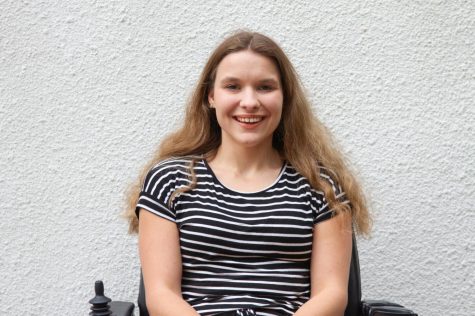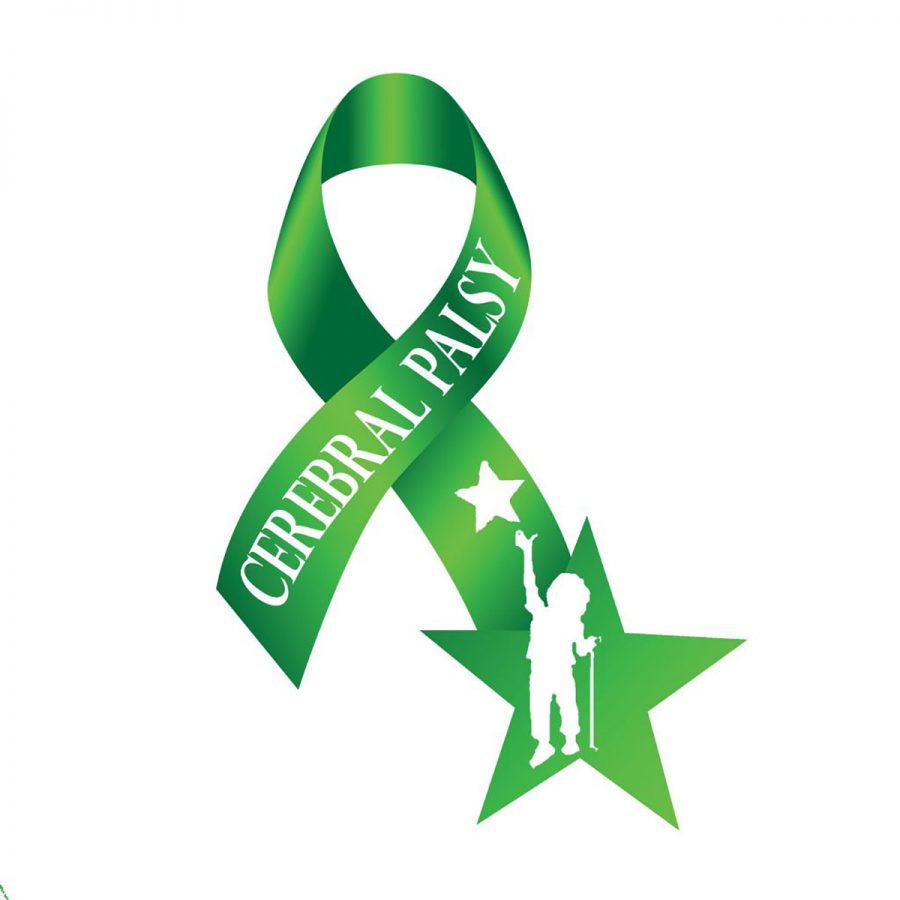Fostering cerebral palsy during the month of March.
March a time of reflection for those with cerebral palsy and of recognition for those who don’t
Photo by Submitted
Green is the color for Cerebral Palsy Awareness. Go green for CP.
When you think about the month of March, what comes to mind? Most people think of spring, basketball or St. Patrick’s Day.
On top of all that, March is also Cerebral Palsy Awareness Month, with National Cerebral Palsy Awareness Day on March 25.
According to the Cerebral Palsy Foundation, the awareness month was started by a non-profit organization called Reaching for the Stars in 2006 after they realized there was no national awareness day for cerebral palsy like there is for practically every other disorder and disease.
The goal of the awareness month and day is “to bring attention to the fact there was little to no research for cerebral palsy, despite it being the most common motor disability in children.”
One out of every 323 children in the United States is diagnosed with one of the four main types of cerebral palsy according to the Centers for Disease Control and Prevention.
The four main types are spastic, dyskinetic, ataxic and mixed
The different types are categorized based on how the body is impacted by cerebral palsy, but the main symptoms are similar across the board.
According to Gillette Children’s Specialty Healthcare, cerebral palsy describes a group of disorders which affect a person’s ability to move and maintain balance and posture. These disorders are caused by brain injury or atypical development at or shortly after birth.
I think it is important to recognize Cerebral Palsy Awareness Month because there are so many people in the world, the Eau Claire area included, who have this disorder and not many people outside of that know much about it in my experience.
A personal story
I was one out of 323. When I was just a few months old, I was diagnosed with cerebral palsy.
For me, my disability affects my lower extremities. The muscles in my legs are tight which makes it hard for me to walk, stand and balance independently.
I use crutches and a wheelchair to get around.
To an able-bodied person, this may sound terrible, but my case of cerebral palsy is actually quite mild compared to what it could be.
When I was first diagnosed, my parents were told there was a chance that I wouldn’t be able to talk or take care of myself and could have cognitive issues.
I am happy to report that is not the case and I’m a thriving collegiate woman 20 years later.
I count my blessings every day because I know it could be much worse.
Many disabled people like to say their disability is part of them, but it doesn’t define them.
I would agree, however, I’d be lying if I said my cerebral palsy didn’t shape me into the person I am today. It really did.
I would not have experienced what I have experienced in life thus far, and I wouldn’t see the world the way I do if it weren’t for my disability.
It might sound crazy, but when I really stop and think about it, I don’t think I would change it if I was ever given the chance, because then I wouldn’t really be me anymore.
To me, March is about embracing my cerebral palsy and educating others about it, and I will continue to do so this March and beyond.
Fanetti can be reached at fanettar2861@uwec.edu.

Ashlie Fanetti is a third-year journalism and political science student. This is her third semester on The Spectator team. In her free time, she loves to read, watch a good Netflix documentary and spend time with her family/friends.


